- Formidable Function
- Posts
- LP/OP #11
LP/OP #11
Violence of Action. Moral Clarity. Strategic Breakout.
Welcome back to the LP/OP friend.
This newsletter shares insights from the highly pragmatic military methodologies learned throughout my 20 years spent in the military and private sector.
We do so briefly and clearly with respect for your time to give you an edge over your competitors, adversaries, and enemies.
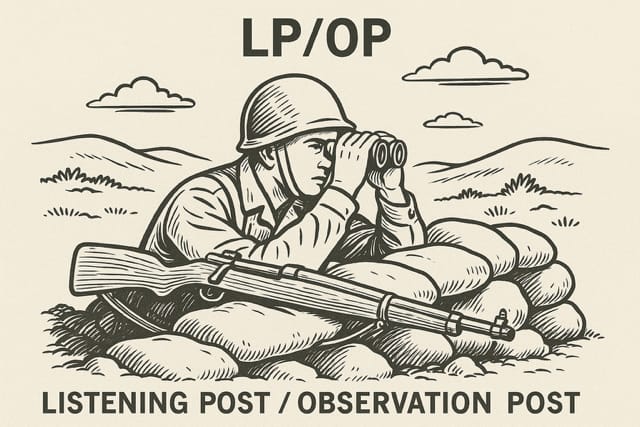
Every edition we cover new…
Tactics, Techniques, and Procedures (TTPs)
Inspirational Exemplars
This week, we cover three decisive military concepts that teach you how to move when it counts: Breakout, Mutual Support Axis, and Blocking Position.
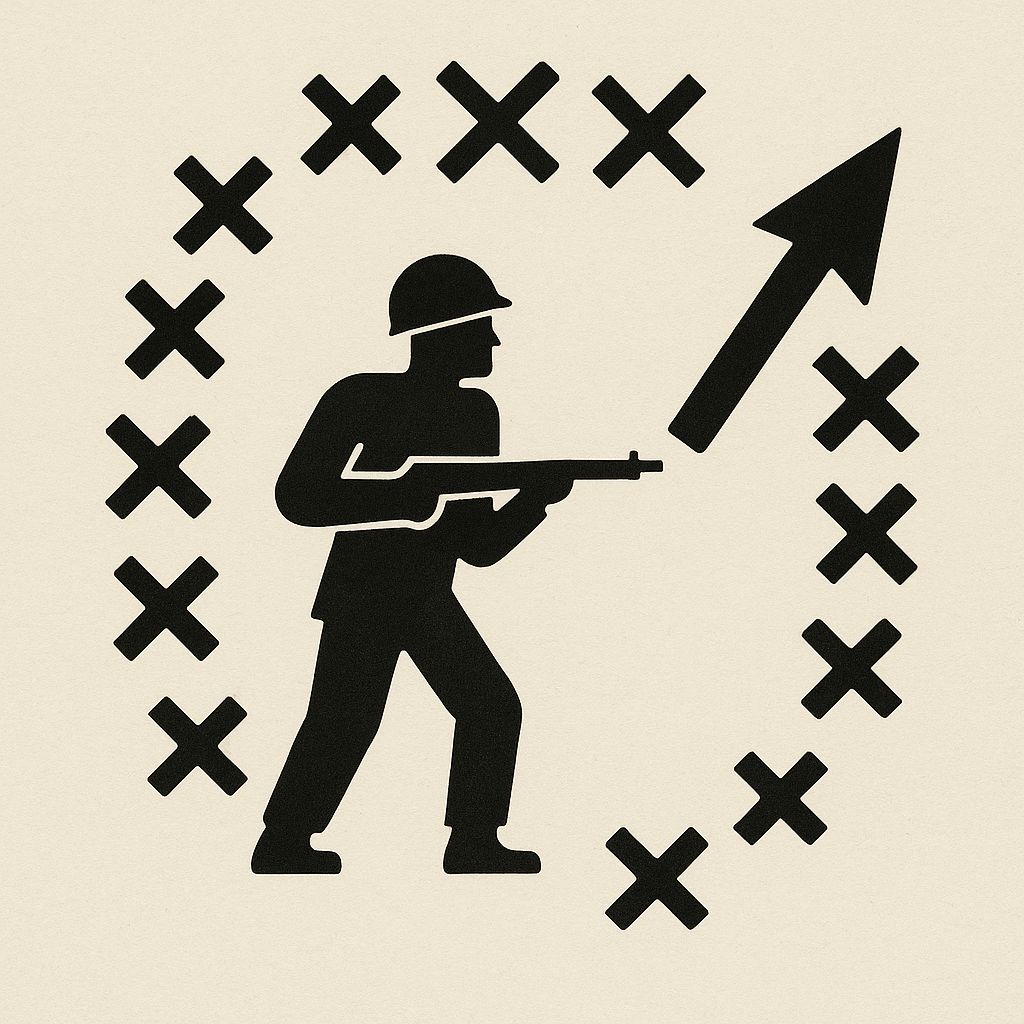
“When you’re going through hell, keep going.”
—Winston Churchill
Tactic: Breakout
Psychological Insight
Breakout is not just about escape—it’s about reclaiming initiative under pressure.
Scenario
You’re encircled and overwhelmed by expectation, bureaucracy, or confusion. A perimeter has been built around your perceived ability to act. That’s when most settle in and start tolerating the loss. But the right move is to punch through.
Application
In war, breakout is used when a unit is surrounded or pinned—forcing a violent, coordinated surge to break through enemy lines. In life, breakout requires concentrated effort, a point of focus, and full momentum to shatter constraints. Don’t negotiate with your limits. Exploit their weakest edge and commit to go through it with tenacity.
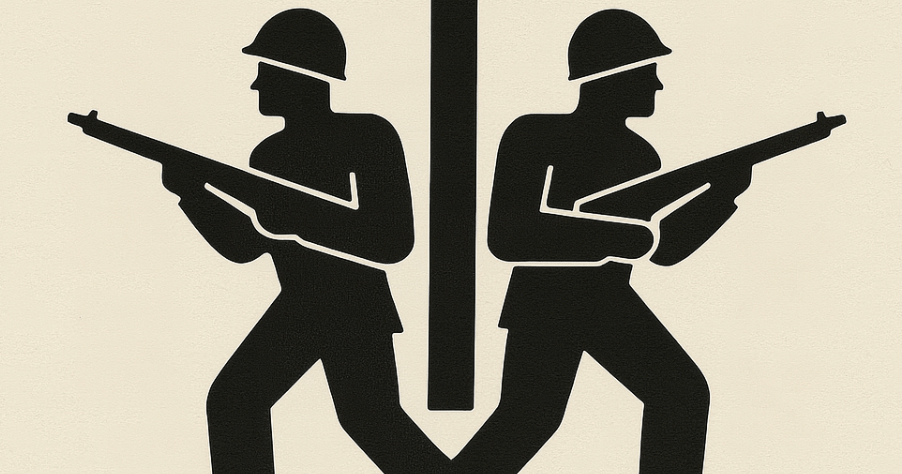
Technique: Mutual Support Axis
Psychological Insight
No one stays formidable alone—your structure must reinforce itself.
Scenario
You’ve built momentum, but your exposure increases with every advance. If your tools, teammates, or tactics aren’t positioned to protect and reinforce each other, one disruption can collapse everything. Most people pursue growth in a straight line. The elite position strength along interlocking axis lines.
Application
In joint operations, a mutual support axis allows one unit to cover another’s blind spots while retaining their own autonomy of movement. In business and life, this means designing your systems—your outreach, your backup plans, your collaborations—so they can intervene, amplify, or rescue each other when stressed. If one element is hit, the others fire back. If one front is bogged down, the others surge. You aren’t just connected—you’re embedded in a network that adapts and counteracts.
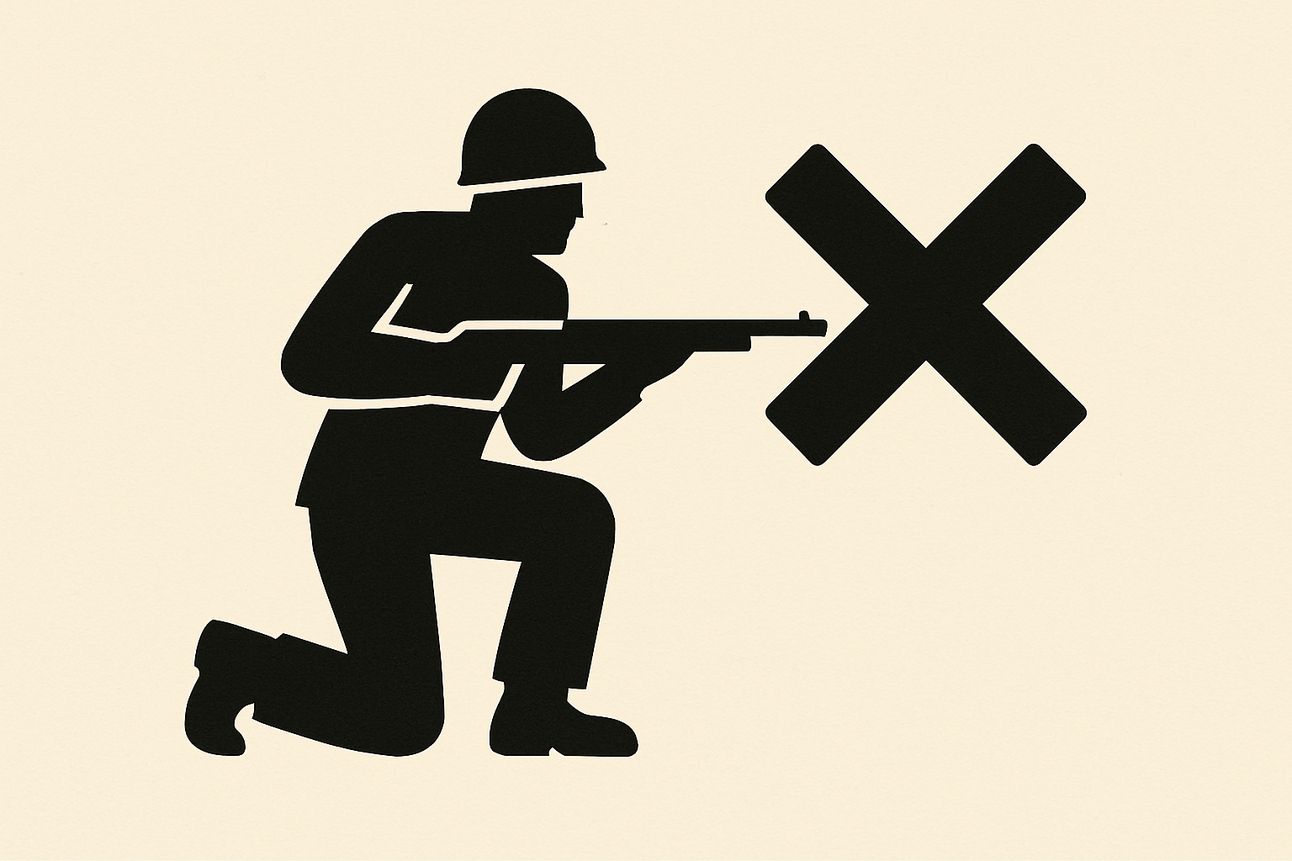
Procedure: Blocking Position
Psychological Insight
Sometimes your power is in keeping the enemy from advancing, not in advancing yourself.
Scenario
A bad actor is gaining ground—slowly, subtly. Their angle isn’t obvious yet, but it’s destabilizing your position. Instead of reacting, you deploy a blocking position: a preemptive move that denies them space, narrative, or access.
Application
In military tactics, a blocking position is placed along likely enemy avenues of approach. Applied psychologically, it’s the move you make to halt momentum: setting terms, establishing boundaries, or neutralizing an influence before it spreads. The strongest defenders never react—they anticipate.
The way you structure your day or your team can create blocking positions when designed with intent.
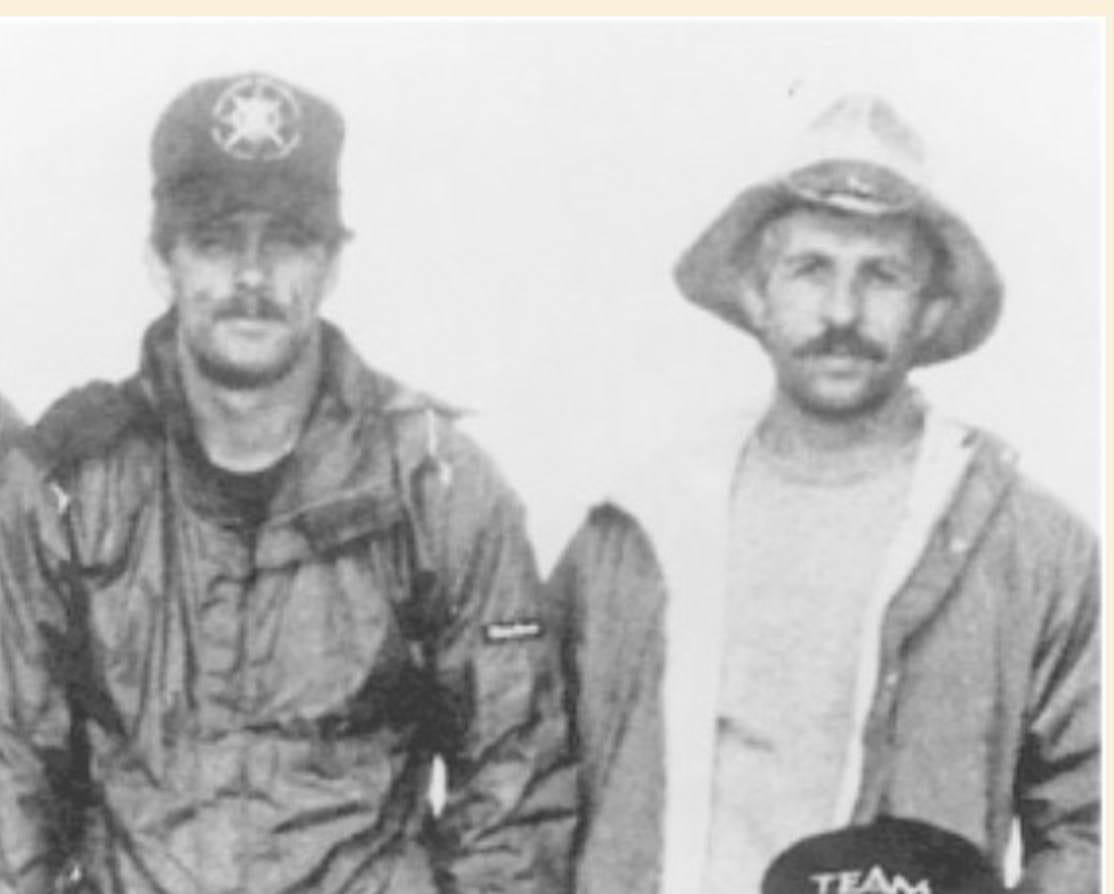
Master Sergeant Mark Gordon and Sergeant First Class Randall Shughart
Inspiration: MSG Gary Gordon & SFC Randy Shughart
US Army
1st Special Forces Operational Detachment-Delta (Delta Force)
Task Force Ranger – Somalia, 1993
Gordon and Shughart’s courage during the Battle of the Black Sea is not a metaphor—it’s the standard.
When Michael Durant’s Black Hawk was downed and the crash site was exposed, the two operators requested insertion three times to defend it. When granted, they fast-roped in with limited ammunition and no backup.
They were not trying to win the war in that moment. They were trying to hold the line, break the encirclement, save a teammate, and deny the enemy a win.
They executed a form of breakout plan, while establishing a mutual support axis, and setup a blocking position between the enemy, Durant, and the downed resource. Their final blocking position was the embodiment of decisive, moral leadership under the harshest psychological and tactical conditions.
No theatrics.
No drama.
Just action, clarity, and sacrifice.
Outbrief
Break out when you're encircled. Form a mutual support axis. Block before the threat consolidates.
Gordon and Shughart weren’t just heroes—they were tacticians. Their moves under fire translate into our lives far more than many can see.
They embody the ideal.
Sometimes you need a clean punch, a sharp connection, or a quiet denial of access.
Stay formidable.
Thank you very much reading—genuinely.
— Ryan “DQ” DeQuiroz
Explore the links below for more structured thinking, sharper action, and field-tested frameworks: